The digital age has made smartphones to become ubiquitous. App developers are building mobile apps that serve as the core base for businesses in engaging with their users. Many developers perceive that building the app using English is all it takes to reach a worldwide audience. The truth is, such a strategy means you are missing out on a large percentage of potential downloads for your app. Most consumers prefer buying products from applications and websites whose writing is in their native language. This implies that mobile app localization is the best way to penetrate new markets, attract more clients, and increase revenue. Are you ready to ensure your mobile app undergoes localization? This article tells it all about the mobile app localization process.
What is mobile app localization?
From a basic understanding, mobile app localization is the process a developer takes to translate text and non-text elements into a language other than the default. You must note that the process goes beyond mere text translation by ensuring the app’s user interface, functionality, and user experience adapts to various target languages, markets, and cultures. Translation may focus on textual content transferring from one language to the other. At the same time, localization ensures every bit of the app, including in-app copy, descriptions, UI elements, graphics, or specific features, becomes customized to suit specific habits, cultural preferences, or expectations of the users.
Connecting your app with users within their territories means making it appear native. For instance, you may show dates, numbers, currencies, and times using specific formats per the region of concern. You may even customize for the different variants or dialects existing for a particular language spoken in various countries, commonly referred to as locales. A locale combines a language and a particular country. For instance, English is native to the US and the UK but with a different locale.
Importance of Localization
Localizing your application exposes you to several benefits. Let’s discuss the potential advantages:
-
Tapping into emerging and high-growth markets
Mobile app localization is a good avenue for businesses to enter emerging markets by making their apps available in different languages. For instance, a developer may decide to create an application targeting the Chinese market by the fact that China has potential clients. It could also mean translating an app into the Chinese language and submitting it to the Google Play Store for an Android app or Apple Store for an iOS app to help reach customers. Businesses use the process to their advantage to create customer trust and have the upper hand in competition, especially for brands with unlocalized apps. There is a need to identify such markets by reviewing recent reports or talking directly to new customers existing within those markets.
-
Improving user experience for the worldwide audience
If you own an app and have rolled it globally, you must test user experience through usability and engagement. It will hurt the app if the mobile app does not consistently offer an amazing user experience. If the downloads do not match the users’ linguistic needs, they will uninstall without a second thought. If you properly localize the app, user retention and engagement will increase. Translate your app into various dialects and adjust it to suit the different cultures. Translating your app to Germany doesn’t mean it will have amazing results in Germany, Austria, and Switzerland, as much as each country has German speakers.
-
Increasing App Downloads across different markets
According to the research done by Statistica in 2023, the number of subscriptions to smartphone mobile networks globally in 2022 had reached about 6.4 billion and is expected to be more than 7.7 billion by 2028. The most subscriptions are registered in the US, India, and China. Statistics also show that the Google Play app store had the highest number of apps within quarter 3 of 2022, where Android users would choose from the available 3.55 million apps. Apple App Store was second with 1.6 million apps for iOS users. This means that your app needs to be available in more than 40 languages to be competitive and stand a chance of users downloading the app.
-
Improving searchability in various search engines
Once you localize your app, you increase the discovery chances for the various potential users. Location filters will identify your app whenever users search for products with related functions to yours within the application marketplaces. Users will likely download an app with a localized version targeting their country or language. If the app gets good ratings, it ranks higher within the app stores. Having a localized version helps in taking the app to high ratings.
-
Increasing your revenue
Business of Apps did research that established iOS and Android app customer spending rose to about $135 billion in 2023. This implies that localizing your app gains exposure and visibility, opening opportunities to new target markets. Once rankings improve on app stores, downloads increase, which is a positive gain in terms of revenue generation.
Types of mobile app localization
Mobile app localization is an extensive and time-intensive process. The best approach is to focus on core functionalities to resolve a specific problem and satisfy a particular niche, sometimes commonly known as a minimum viable product (MVP) in app development. You may also decide to go full swing. There are two types of localization:
-
Minimum Viable Localization (MVL)
MVL focuses on core features or content, keywords, pricing, app store metadata, and descriptions. It is good to focus on MVL in the early stages of app startups and prioritize higher ROI and faster time to market. You use less resources and effort for this option. It provides the bare minimum needed to test the waters and survey whether the app will be successful.
-
Full app localization
Once you have tested the waters and everything aligns, you now go for full app localization. Here, you are going beyond listing app descriptions. You translate elements, enhance user experience, and market the app in the target regions. This process is a surety that consumers across different markets are comfortable using the app.
A good example is Lyft, which localized the mobile app and website to 8 different languages. There was an improvement in page views to 51%, and on-page time experienced an increase of 29% across non-native English speakers. Another example is Airbnb, which has more than 220+ locales and 60+ languages, and an improved user interface.
The process of Localizing an App
The mobile app localization procedure involves several steps, including market research, selecting the type of localization, and managing and optimizing the process. You must also know the challenges and find tips to work through them.
-
Prepare the mobile app for localization
To develop a localization methodology, you must conduct market research. The research provides insights to help you adjust the workflow. Users always require the local experience from the beginning to the end when interacting with your brand, from sales, help & support to the general service.
The research process involves choosing certain countries and languages as the major targets. The process helps you understand your objectives to expand to more regions, have a deeper understanding of the potential clients, and gauge their interest in the application. During the research process, analyze the popular localized applications to understand their impact on your target market.
Analyze your competitors in terms of their design and layouts. Review the customer reviews to see their likes and dislikes, whatever they don’t need, features they need to be incorporated, and any other indicators that will help you against the competition.
You need to consider the available translation languages to help interact with international users. The App Store is in 175 regions with 40 languages, while Google Play contains 50 languages you can translate your app to as you target users across the world.
-
Select the approach of Mobile App Localization
We have different ways of mobile app localization without the need for a team of translators. The most scalable and cost-effective ones include:
-
Mobile Software Developments Kits (SDKs) + Translation Service Providers
We describe SDKs as downloadable software packages with tools for creating mobile applications. In the case of mobile app translation, having a translation service provider SDK helps translate new content with no need to resubmit your application.
-
API & Connector Integrations + Translation Service Providers
Use APIs or connectors to communicate with translation services availed by implementing the integration process. You link or integrate your app to translation service providers to acquire new content and facilitate the translation. Once the translation is complete, the user gets an alert for them to request translated data.
-
Manual + Translation Service Providers
You can also add the translations using manual means. You request that the translation service provider generate in-language content and add it to your app. It is a simple option but takes a lot of time and may cause delays in the cases of resubmissions.
-
Choose a Translation Service Provider
Go for a translation service provider that can do the translations without any hitches. They should have automation facilities for automatic update of translated content. They should be ready to be fully dynamic in terms of over-the-air (OTA) updates, including encryption keys, software updates, configurations, and settings. Find out their localization procedure (is it file-based or continuous procedure?)
In the file-based approach, the localization managers track the progress, review, and commit modifications using document files. You must maintain seamless communication between the management, tech group, and the translator service provider. The approach is common with manual translations or through connectors or API integration.
In a continuous process approach, text strings or content files are transferred to a repository, and any modifications are automatically forwarded to translation. It is a common way where SDKs are involved or even integrations. There is a challenge in localization managers trusting the translation service providers to undertake an exemplary job.
The choice depends on the team and control level you desire. Some translation service providers offer a hybrid approach to ensure continuous automation and workflow visibility based on the files.
-
App Store Optimization (ASO) and the Launch
Developers should implement app store optimization strategies to improve the ratings/rankings of an app in search results. Check on titles, screenshots, keywords, descriptions, etc., and go for the popular phrases and most appropriate search terms. Make sure there is a product page recommendations (Apple Store) and preview assets (Google Play). Ensure all the prerequisites are set before you launch.
The Common Challenges of Mobile App Localization
The process of localizing a mobile app may face several challenges. The challenges include:
-
Slower Time to Market
The process is time-intensive in terms of development and implementation. If not well done, you will experience problems integrating localization and translation into your development cycle. For faster software release, you should include localization in the initial development procedure. If you carry out development tasks and localization simultaneously, there will be no delay in translation and localization. All processes will be continuous until the end.
-
The Quality and Accuracy of Translations
If translations are incorrect, it results in misunderstandings, and users lose interest in the app. You can find mistakes in app strings that were mistranslated or hard to understand, making the app unusable. Go the extra step of evaluating the translation quality to ensure correctness. Maintain high quality for the localization and translation projects.
-
Difficulty in Measuring ROI
You measure the success of your enterprise by considering the return on investment (ROI). It is a challenge to measure ROI related to translation and localization firms. It is difficult to compare the amount invested directly and the profit channeled in by the app.
-
Inadequate Technology
Most of these challenges are easily solved with appropriate technology. The lack of appropriate tools causes the process to suffer with lots of back-and-forths, taking more time to trace app strings and forwarding them to translators, launching is delayed, some errors fail to be detected early enough, and the quality is compromised. Make sure you use a dedicated mobile app localization platform that will give you the best toolset to automate app string data collection, centralize the localization projects into one workspace, group requests in one position, automatically push alerts, etc.
Good read: Tech stack for mobile app development
Conclusion
Mobile app localization solves your worries once you decide to extend your app to the global space with an amazing local touch. Once you localize your app, you will reach new markets, increase the number of downloads, increase your revenues, and more users interact with the app. Plan well and do the testing as you focus on user feedback and data analytics.
Any queries? Connect with our mobile app development company : Aalpha information systems!
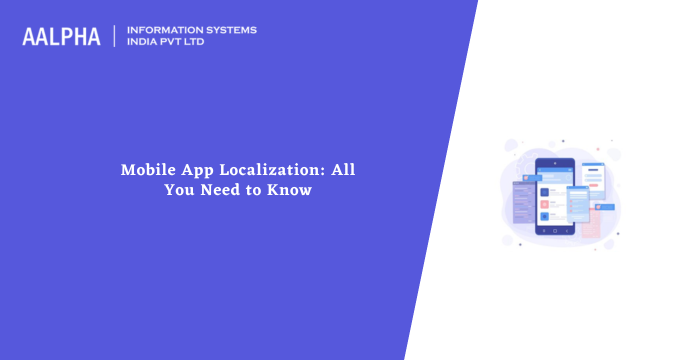

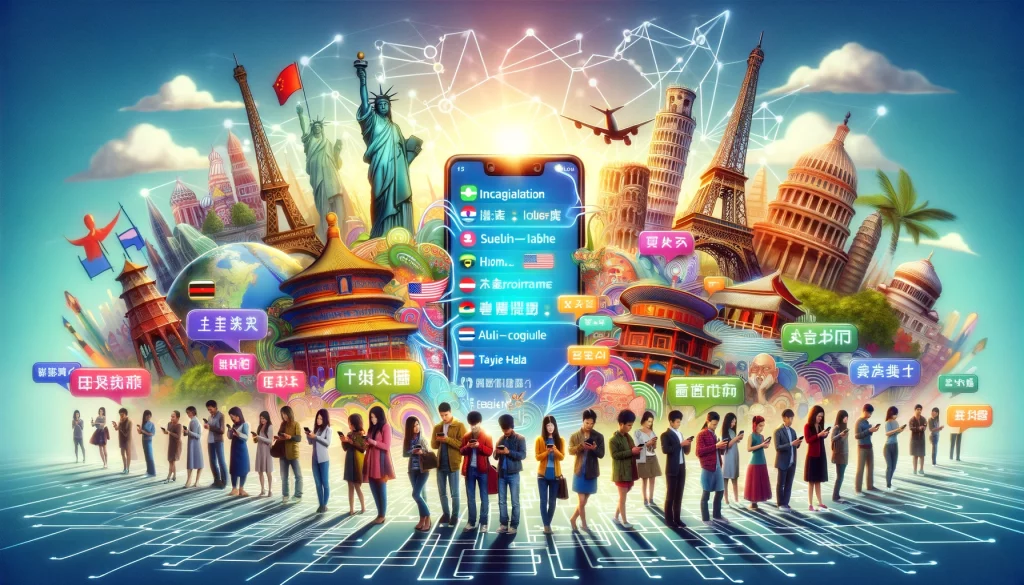
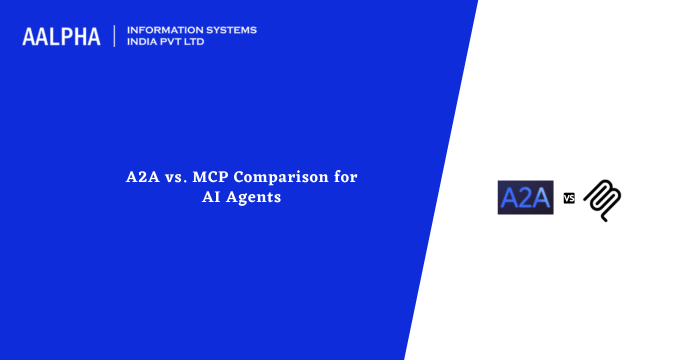
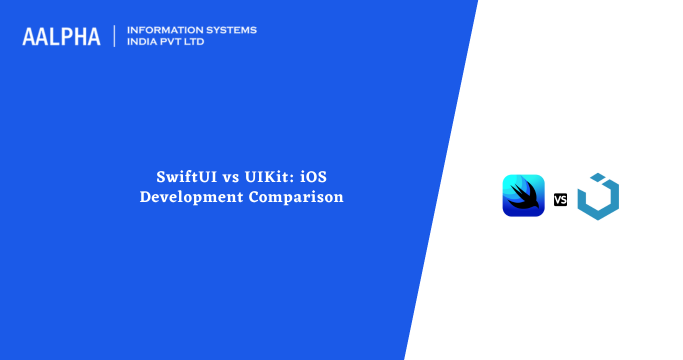
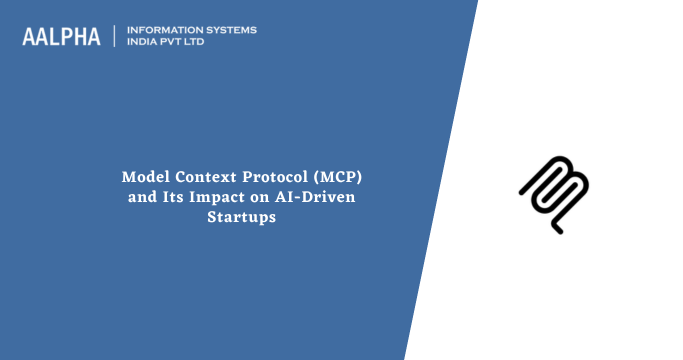
Share This Article:
Written by:
Pawan Pawar, CEO
CEO -Founder of Aalpha Information Systems India Pvt. Ltd., with 18+ years in software development. I've worked with startups to enterprises, mastering diverse tech skills. Passionate about bridging the gap between vision and reality, my team and I craft customized software solutions to empower businesses. Through this blog, I share insights, industry trends, and expert advice to navigate the ever-evolving tech landscape. Let's unlock the potential of technology and propel your business to new heights. Connect with me on LinkedIn.
CEO -Founder of Aalpha Information Systems India Pvt. Ltd., with 18+ years in software development. I've worked with startups to enterprises, mastering diverse tech skills. Passionate about bridging the gap between vision and reality, my team and I craft customized software solutions to empower businesses. Through this blog, I share insights, industry trends, and expert advice to navigate the ever-evolving tech landscape. Let's unlock the potential of technology and propel your business to new heights. Connect with me on LinkedIn.